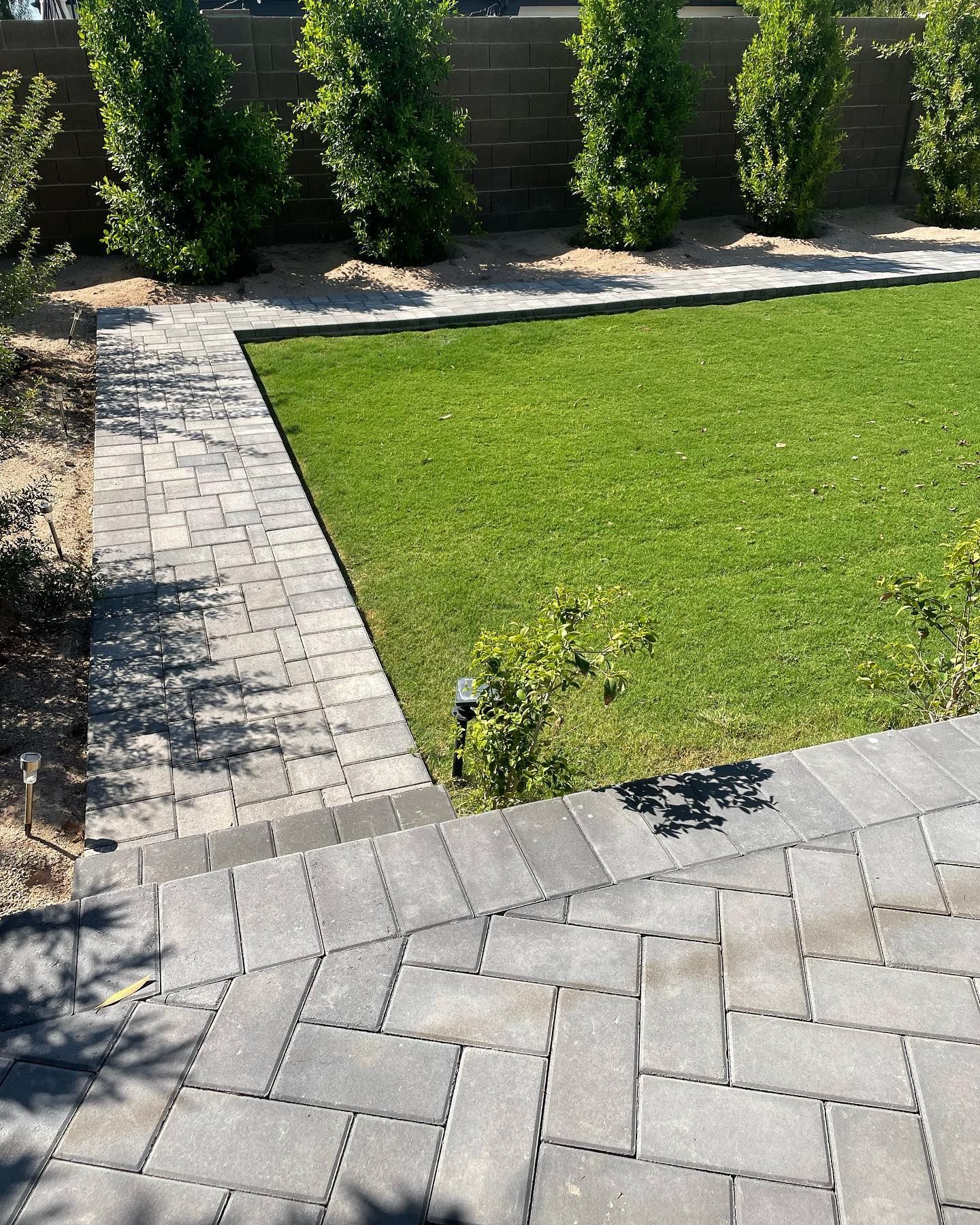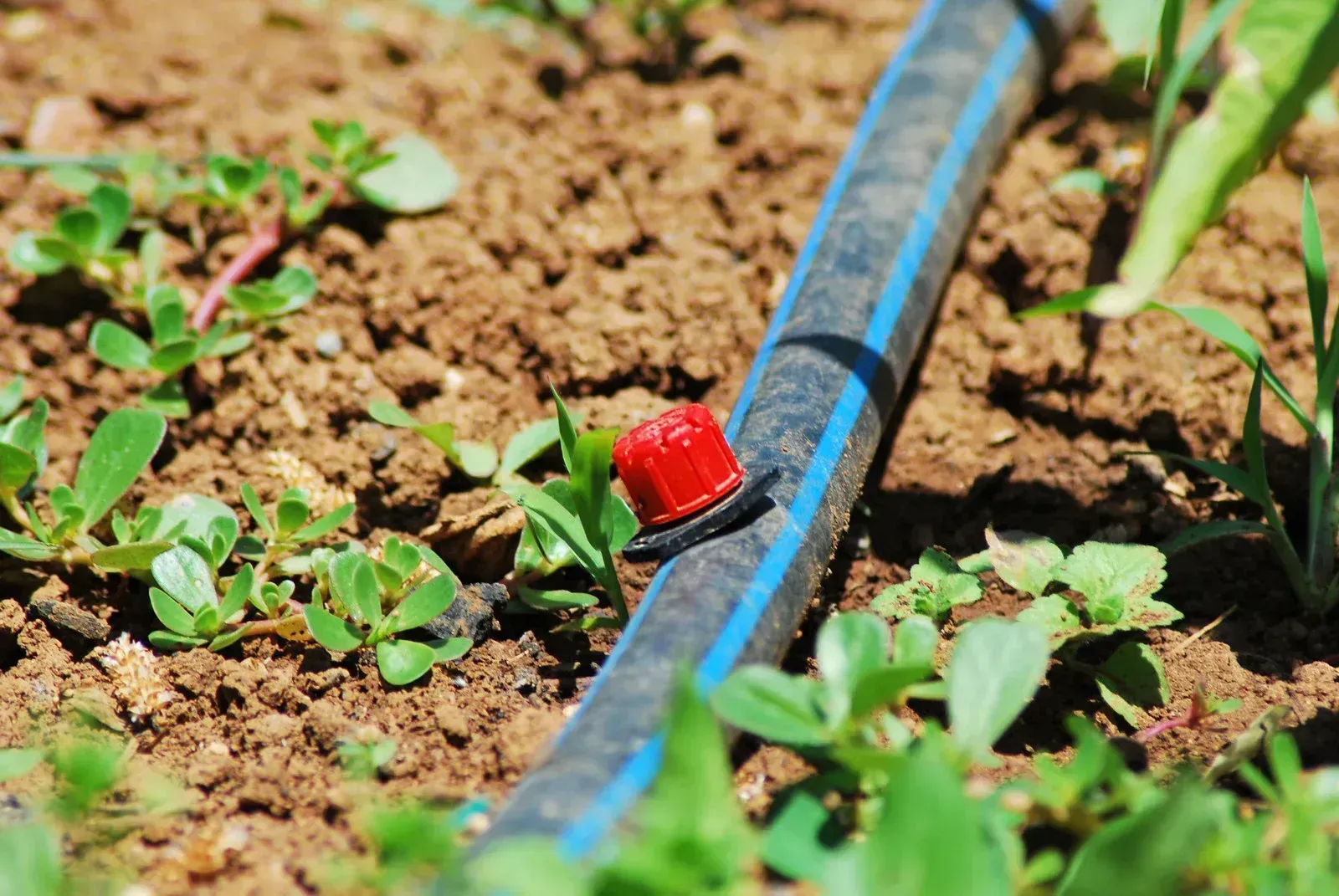Tree Care 101: Best Practices for Maintaining Healthy Trees in Every Season
Trees transform our landscapes, providing shade, beauty, and environmental benefits. Proper care throughout the year ensures they stay strong and vibrant. Here’s a seasonal guide to the fundamentals of tree maintenance, with expert techniques you can use year-round.
Spring: Growth & Awakening
1. Inspection & Pruning
With sap flowing and buds emerging, spring is the ideal time to prune dead or damaged branches. It promotes healthy structure and prevents disease. Clean cuts encourage new growth and help shape young trees.
2. Soil & Fertilization
As trees awaken, they need nutrients. Spring fertilization, especially deep‑root applications, replenishes nitrogen, phosphorus, and potassium. Soil testing can reveal deficiencies and guide precise treatment.
3. Mulch & Watering
A 2–3 inch layer of mulch around the base conserves moisture and moderates soil temperature. After the dry winter, begin a regular watering schedule—aim for deep, infrequent soakings to strengthen root systems.
Summer: Protection & Vigilance
1. Water Smart
Summer heat stresses trees. Monitor soil moisture, focusing on newly planted or young trees. Deep watering once a week is better than shallow daily watering—it extends moisture deeper into the root zone.
Warm weather invites insects and fungal growth. Watch for abnormal leaf spotting, sap leakage, or insect activity. Early treatment helps prevent major issues.
3. Light Pruning & Canopy Care
Remove crossing limbs, suckers, and water sprouts. Light pruning improves airflow and light penetration. For heavier trimming or shaping, consult an arborist to avoid stress.
Fall: Preparation for Rest
1. Deep Root Fertilization
Fall is optimal for deep root fertilizing, restoring nutrients, and preparing trees for winter dormancy. It supports root growth during cooler months.
2. Prune for Health & Safety
Trim dead or weak branches before storms or snowfall. This safeguards both the tree and your property. Fall pruning also prevents fungal infections in spring.
3. Clean Up & Mulching
Clear fallen leaves and debris to ward off pests and disease. Refresh mulch to insulate roots and improve winter soil moisture retention.
Winter: Protection & Stability
1. Inspect for Damage
Winter is prime time to spot broken or cracked limbs. Removing damaged branches reduces wind load and helps prevent winter storms from causing more harm.
2. Cabling & Bracing
Trees with heavy branches or structural concerns may benefit from structural cabling and bracing to prevent breakage under snow or ice.
3. Lightning Protection
For heritage or high-value trees, consider installing lightning protection systems. During dormant months, these systems preserve tree health when strikes are more likely.
All‑Year Techniques
- Tree Injections: Directly administer nutrients or treatments into a tree’s sap stream—ideal for high-value or confined-root zone trees.
- Vertical Mulching: Drill nutrient‑rich, aerated shafts into compacted soil, encouraging deeper root growth and improved soil structure.
- Certified Arborist Consultations: Professional hazard assessments, soil testing, and health inspections guide long-term tree care.
Real‑World Results
Utilizing these methods helps trees withstand stress, improves disease resistance, and enhances appearance. From spring’s pruning to winter’s structural support, each practice builds a healthier tree foundation.
2. Monitor for Pests & Diseases
With over 43 years of experience in Mesa, Arizona, AAA All Pro Lawn & Sprinkler offers expert tree services such as tree pruning, fertilization, tree injections, structural cabling, and lightning protection—all designed for year‑round care. Whether boosting soil health with deep‑root feeding or securing branches against storms, your trees are in skilled hands.



